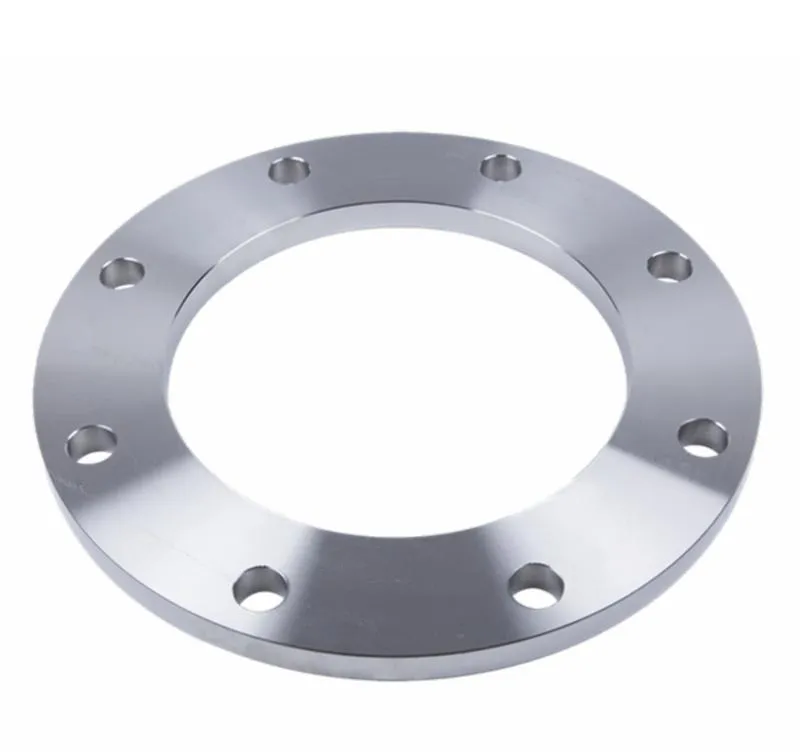-
Cangzhou Yulong Steel Co., Ltd.
-
Phone:
+86 13303177267 -
Email:
admin@ylsteelfittings.com

Oct . 18, 2024 15:40 Back to list
Understanding ASTM A106 Standards for Carbon Steel Pipes and Their Applications in Industry
Understanding ASTM A106 Specifications and Applications
The ASTM A106 specification plays a critical role in the fabrication of piping systems used in various industrial applications. Established by the American Society for Testing and Materials (ASTM), the A106 standard specifies the requirements for seamless and welded carbon steel pipes for high-temperature service. The standard is essential for ensuring that the materials used in construction and manufacturing processes are reliable and capable of withstanding the demands of high-pressure environments.
Overview of ASTM A106
ASTM A106 was first introduced to provide a reliable resource for engineers and manufacturers looking for materials that maintain structural integrity under extreme temperatures and pressures. The standard encompasses three grades of carbon steel pipes A106 Grade A, A106 Grade B, and A106 Grade C, with Grade B being the most commonly used due to its balanced properties of strength and ductility.
The primary distinction between the three grades lies in their chemical composition and mechanical properties. A106 Grade B and C have higher tensile and yield strength compared to Grade A, making them more suitable for high-stress applications. The specification outlines the requirements for manufacturing processes, including the methods of heat treatment, testing, and dimensional tolerances, ensuring a high level of quality and performance.
Chemical Composition
The chemical composition of ASTM A106 pipes is crucial for their performance. The steel is primarily composed of carbon, with a maximum carbon content of 0.30% for Grade B and 0.25% for Grade C. Other elements such as manganese, phosphorus, sulfur, and silicon are also present in controlled amounts to enhance particular properties. For example, controlled manganese levels improve the steel's toughness and ductility, while limited sulfur content minimizes brittleness at elevated temperatures.
Mechanical Properties
astm sa 106

In terms of mechanical properties, ASTM A106 pipes must demonstrate high tensile strength, yield strength, and elongation, which is critical for applications involving high pressure and temperature. For instance, A106 Grade B must have a minimum yield strength of 35,000 psi (241 MPa) and a minimum tensile strength of 60,000 psi (414 MPa). These mechanical properties ensure that the pipes can withstand the internal stresses encountered in applications such as power plants, oil refineries, and chemical processing facilities.
Applications
The versatility of ASTM A106 pipes makes them suitable for a myriad of applications. They are commonly used in the construction of pipelines for transporting gas, oil, and water, especially in sectors where the transportation occurs at elevated temperatures. Additionally, ASTM A106 pipes are extensively utilized in boiler systems, heat exchangers, and process piping. The durability and reliability of these pipes allow them to perform efficiently in demanding environments, making them a preferred choice for engineers and manufacturers worldwide.
Testing and Quality Assurance
Quality assurance and testing are integral aspects of the ASTM A106 specification. Pipes manufactured under this standard are subjected to various tests, including hydrostatic testing, non-destructive testing, and chemical analysis, to ensure they meet the required standards. Hydrostatic testing verifies the integrity and leak-proof nature of the pipes under pressure, while chemical analysis ensures the composition adheres to established parameters.
Conclusion
ASTM A106 is a vital standard in the pipeline and piping industry, providing guidance on the quality and properties of carbon steel pipes used in high-temperature applications. Understanding its specifications helps engineers and manufacturers select the right materials for their needs, ensuring safety and efficiency in various industrial processes. Whether in power generation, oil and gas, or chemical manufacturing, ASTM A106 is an indispensable specification that contributes to the reliability and durability of piping systems in critical applications. Its importance continues to grow as industries evolve and demand higher standards for quality and performance.
Latest news
-
ANSI 150P SS304 SO FLANGE
NewsFeb.14,2025
-
ASTM A333GR6 STEEL PIPE
NewsJan.20,2025
-
ANSI B16.5 WELDING NECK FLANGE
NewsJan.15,2026
-
ANSI B16.5 SLIP-ON FLANGE
NewsApr.19,2024
-
DIN86044 PLATE FLANGE
NewsApr.19,2024
-
DIN2527 BLIND FLANGE
NewsApr.12,2024
-
JIS B2311 Butt-Welding Fittings LR/SR 45°/90° /180°Seamless/Weld
NewsApr.23,2024
-
DIN2605-2617 Butt-Welding Fittings LR/SR 45°/90°/180° Seamless/Weld
NewsApr.23,2024











